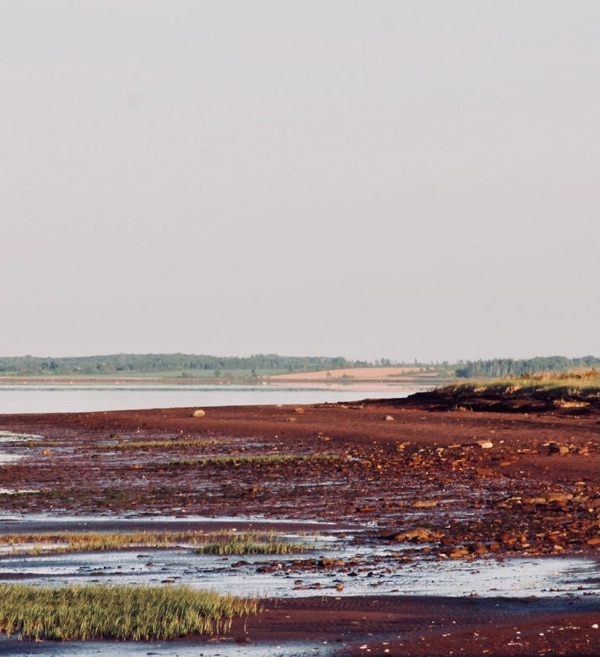We Are Travellers: The Body as a Compass
DOI:
https://doi.org/10.25071/1916-4467.40590Keywords:
walking-as-dancing, wandering, body as compass, body data, lived curriculumAbstract
This article introduces the practice of walking-as-dancing. In this article, the terms walk and walking are often considered as synonymous with wandering since the practice of walking-as-dancing that I will describe does not have a set goal. When walking-as-dancing, I explore the improvisational nature of a wandering movement that allows me to let go of certainty and attune to the not-yet-known. I define the body as a compass that guides us through the path of the curriculum-as-lived (Aoki, 1993) and the curriculum itself. Through the analysis of the practice of walking-as-dancing, I will show how the knowledge of the body is already in us; it is us.References
Ahmed, S. (2006). Queer phenomenology. Orientations, objects, other. Duke University Press. DOI: https://doi.org/10.1515/9780822388074
Aoki, T. T. (1993), Legitimizing lived curriculum: Toward a curricular landscape of multiplicity. Journal of Curriculum and Supervision, 8(3), 255-268. http://proxy.lib.sfu.ca/login?url=https:// search.ebscohost.com/login.aspx?direct=true&db=eue&AN=9511050991&site=ehost-live
Bergonzoni, C. (2017). When I dance my walk: A phenomenological analysis of habitual movement in dance practices. Phenomenology & Practice, 11(1), 32-42. DOI: https://doi.org/10.29173/pandpr29336
Fraleigh, S. (2018). Phenomenology and life world. In S. Fraleigh (Ed.), Back to dance itself: Phenomenologies of the body in performance (pp. 11-26). University of Illinois Press. DOI: https://doi.org/10.5406/j.ctv80cb20.7
Hogan, L. (2007). Dwellings: A spiritual history of the living world. Norton.
Irwin, R. L. (2006). Walking to create an aesthetic and spiritual currere. Visual Arts Research, 32(1), 75-82. https://www.jstor.org/stable/20715404.
LaMothe, K. L. (2015). Why we dance: A philosophy of bodily becoming. Columbia University Press. DOI: https://doi.org/10.7312/columbia/9780231171052.001.0001
Lyle, E., & Snowber, C. (2021). Walking as attunement: Being with/in nature as currere. Journal of the Canadian Association for Curriculum Studies. https://jcacs.journals.yorku.ca/index.php/jcacs/issue/archive DOI: https://doi.org/10.25071/1916-4467.40514
Manning, E. (2009). Relationscapes: Movement, art, philosophy. MIT Press. DOI: https://doi.org/10.7551/mitpress/9780262134903.001.0001
Oppezzo, M., & Schwartz, D. L. (2014). Give your ideas some legs: The positive effect of walking on creative thinking. Journal of Experimental Psychology: Learning, Memory, and Cognition, 40(4), 1142-1152. DOI: https://doi.org/10.1037/a0036577
Oxford English Dictionary. (1989). Compass. In Oxford English Dictionary (2nd ed.). www.oed.com/view/Entry/37466.
Pinar, W. (1994). The method of "currere". Counterpoints, 2, 19-27. http://www.jstor.org/stable/42975620
Sajnani, N. (2013). Improvisation and art-based research. In S. McNiff (Ed.), Art as research (pp. 77-84). Intellect. DOI: https://doi.org/10.1386/9781783200016_11
Snowber, C. (2002). Bodydance: Enfleshing soulful inquiry through improvisation. In C. Bagley & M. B. Cancienne (Eds.), Dancing the data (pp. 20-33). Peter Lang.
Snowber, C. (2007). The soul moves: Dance and spirituality in educative practice. In L. Bresler (Ed.), International handbook of research in arts education (pp. 1449-1456). Springer. DOI: https://doi.org/10.1007/978-1-4020-3052-9_99
Snowber, C. (2014). Dancing on the breath of limbs: Embodied inquiry as a place of opening. In A. Williamson, G. Bateson, S. Whatley, & R. Weber (Eds.), Dance, somatics, and spiritualities: Contemporary sacred narratives (pp. 115-130). University of Chicago Press.
Snowber, C. (2016). Embodied inquiry: Writing, living, and being through the body. Sense. DOI: https://doi.org/10.1007/978-94-6300-755-9
Downloads
Published
How to Cite
Issue
Section
License
Copyright (c) 2021 Carolina Bergonzoni 
Copyright for work published in JCACS belongs to the authors. All work is licensed under a Creative Commons Attribution-ShareAlike 4.0 International license.


